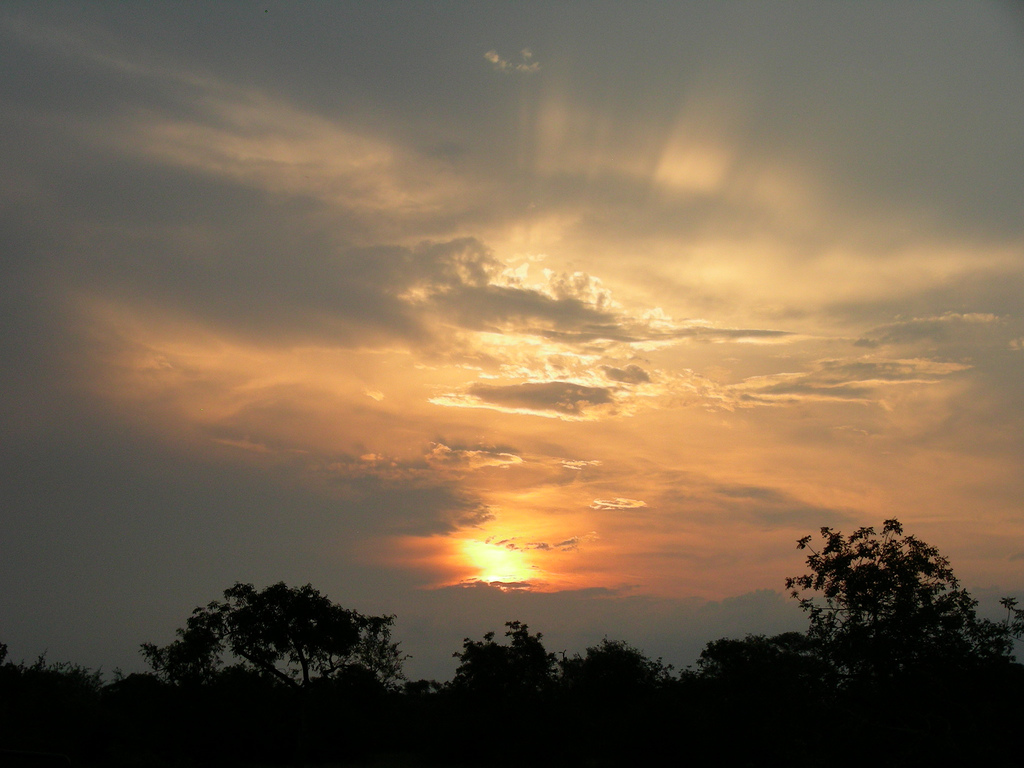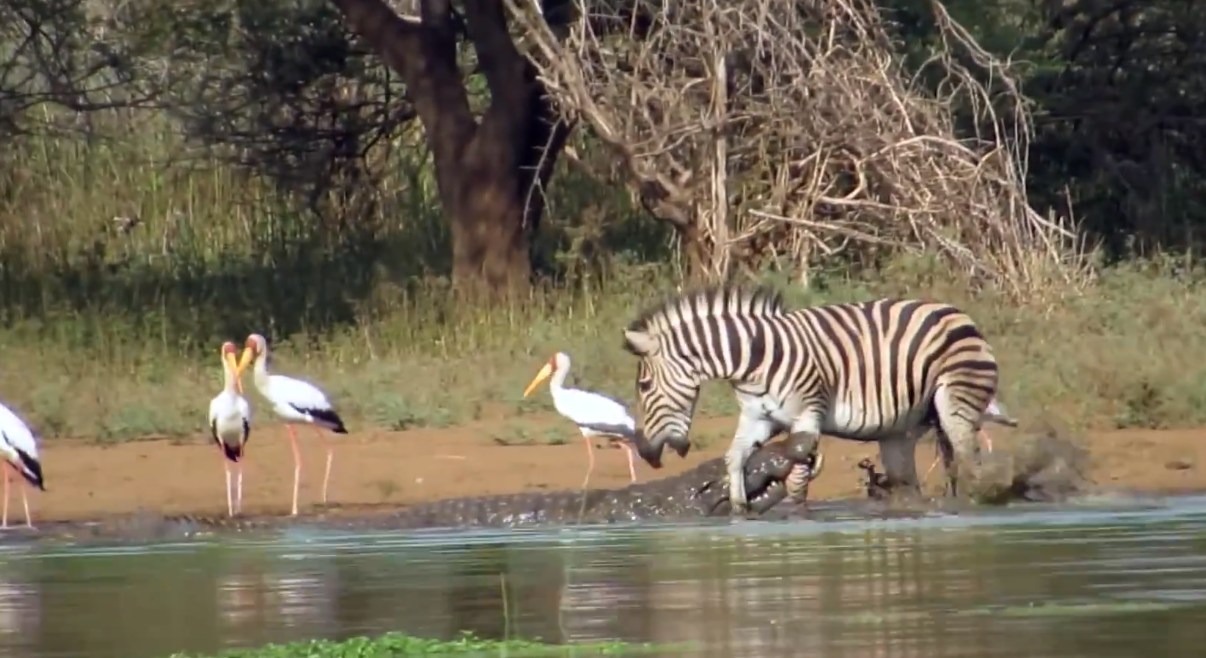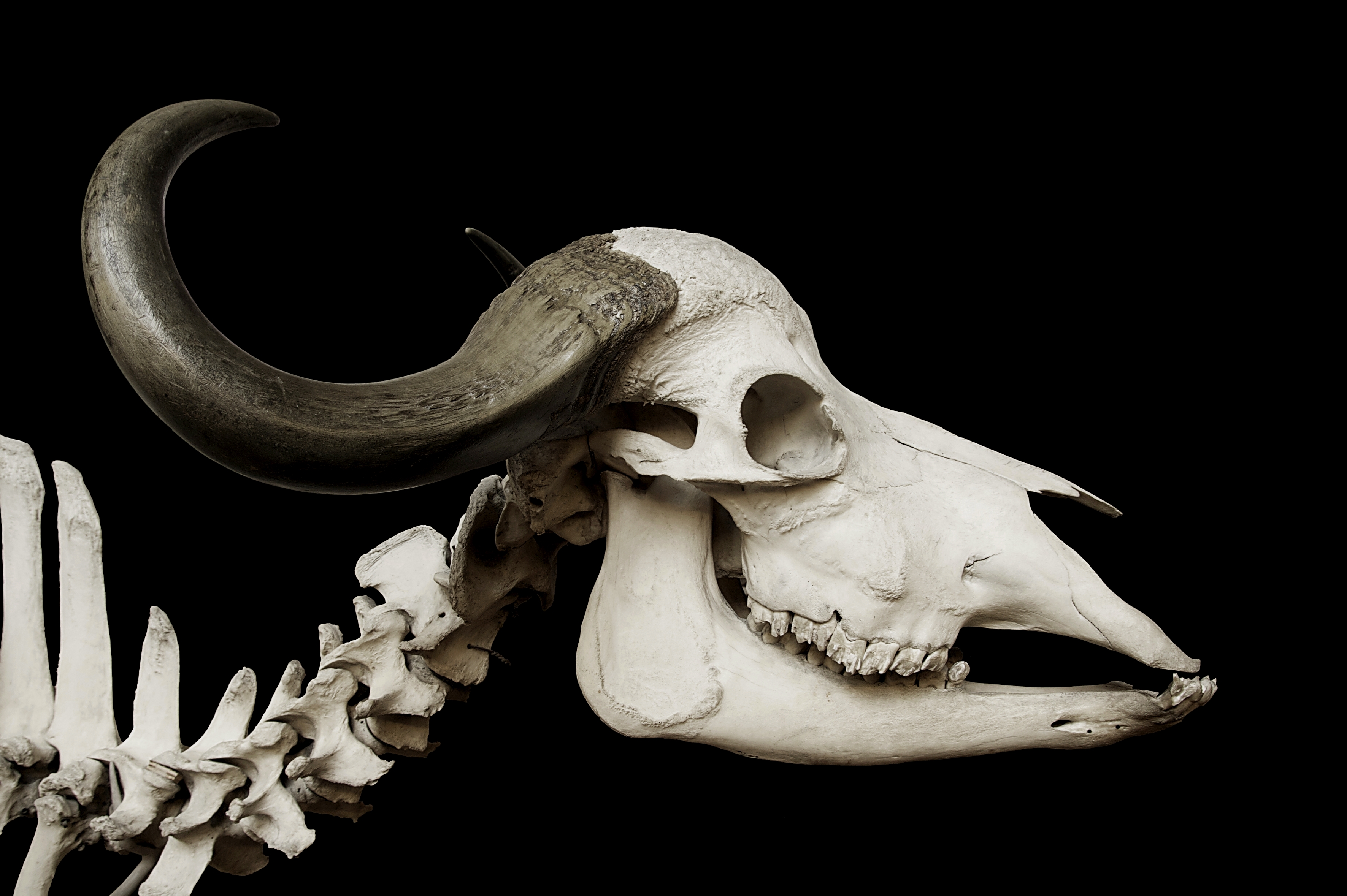|
Timbavati Private Game Reserve
Timbavati Private Nature Reserve is a nature reserve on the western edge of Kruger National Park in Mpumalanga Province, South Africa. It was established in 1956 by like-minded game farmers with the creation of the ''Timbavati Association''. The association has 50 members and covers . Timbavati Private Nature Reserve harbours many animals among which the Big Five as well as many antelope species. History In 1956, a group of conservation minded landowners formed the Timbavati Association with the aim to reclaim the land for the benefit of all. They had come together after witnessing the degradation of a once pristine wilderness area. Insensitive land use (primarily crop and cattle farming) had caused soil erosion and destruction of indigenous plant species. In addition, natural water sources had been rerouted by dams further impacting on the natural status quo. As a result, much of the wildlife common to the area was lost. Since the formation of the Timbavati Association, ever ... [...More Info...] [...Related Items...] OR: [Wikipedia] [Google] [Baidu] |
African Leopard
The African leopard (''Panthera pardus pardus'') is the nominate subspecies of the leopard, native to many countries in Africa. It is widely distributed in most of sub-Saharan Africa, but the historical range has been Habitat fragmentation, fragmented in the course of Habitat destruction, habitat conversion. Leopards have also been recorded in North Africa as well. Taxonomy ''Felis pardus'' was the scientific name used by Carl Linnaeus in the 10th edition of Systema Naturae, 10th edition of ''Systema Naturae'' in 1758. His description was based on descriptions by earlier naturalists such as Conrad Gessner. He assumed that the leopard occurred in India. In the 18th and 19th centuries, several naturalists described various leopard skins and skulls from Africa, including: * ''Felis pardus panthera'' proposed by Johann Christian Daniel von Schreber in 1778 based on descriptions by earlier naturalists * ''Felis leopardus'' var. ''melanotica'' by Albert Günther in 1885 from the Cape ... [...More Info...] [...Related Items...] OR: [Wikipedia] [Google] [Baidu] |
Woodland
A woodland () is, in the broad sense, land covered with woody plants (trees and shrubs), or in a narrow sense, synonymous with wood (or in the U.S., the '' plurale tantum'' woods), a low-density forest forming open habitats with plenty of sunlight and limited shade (see differences between British, American and Australian English explained below). Some savannas may also be woodlands, such as ''savanna woodland'', where trees and shrubs form a light canopy. Woodlands may support an understory of shrubs and herbaceous plants including grasses. Woodland may form a transition to shrubland under drier conditions or during early stages of primary or secondary succession. Higher-density areas of trees with a largely closed canopy that provides extensive and nearly continuous shade are often referred to as forests. Extensive efforts by conservationist groups have been made to preserve woodlands from urbanization and agriculture. For example, the woodlands of Northwest Indiana ha ... [...More Info...] [...Related Items...] OR: [Wikipedia] [Google] [Baidu] |
Lion
The lion (''Panthera leo'') is a large Felidae, cat of the genus ''Panthera'', native to Sub-Saharan Africa and India. It has a muscular, broad-chested body (biology), body; a short, rounded head; round ears; and a dark, hairy tuft at the tip of its tail. It is sexually dimorphic; adult male lions are larger than females and have a prominent mane. It is a social species, forming groups called prides. A lion's pride consists of a few adult males, related females, and cubs. Groups of female lions usually hunt together, preying mostly on medium-sized and large ungulates. The lion is an apex predator, apex and keystone predator. The lion inhabits grasslands, savannahs, and shrublands. It is usually more diurnality, diurnal than other wild cats, but when persecuted, it adapts to being active nocturnality, at night and crepuscular, at twilight. During the Neolithic period, the lion ranged throughout Africa and Eurasia, from Southeast Europe to India, but it has been reduced to fr ... [...More Info...] [...Related Items...] OR: [Wikipedia] [Google] [Baidu] |
Warthog
''Phacochoerus'' is a genus in the family Suidae, commonly known as warthogs (pronounced ''wart-hog''). They are pigs who live in open and semi-open habitats, even in quite arid regions, in sub-Saharan Africa. The two species were formerly considered conspecific under the scientific name ''Phacochoerus aethiopicus'', but today this is limited to the desert warthog, while the best-known and most widespread species, the common warthog (or simply warthog), is ''Phacochoerus africanus''. Description left, Skull Although covered in bristly hairs, a warthog's body and head appear largely bare, from a distance, with only a crest of hair along the back and the tufts on the face and tail being obvious. The English name "wart"-hog refers to their facial wattles, which are particularly distinct in males. The males also have very prominent tusks, which reach a length of ; females' tusks are always smaller.Novak, R. M. (editor) (1999). ''Walker's Mammals of the World.'' Vol. 2. 6th editio ... [...More Info...] [...Related Items...] OR: [Wikipedia] [Google] [Baidu] |
Waterbuck
The waterbuck (''Kobus ellipsiprymnus'') is a large antelope found widely in sub-Saharan Africa. It is placed in the genus ''Kobus (antelope), Kobus'' of the family Bovidae. It was first Scientific description, described by Irish naturalist William Ogilby in 1833. Its 13 subspecies are grouped under two varieties: the common or ellipsiprymnus waterbuck and the defassa waterbuck. Their coat colour varies from brown to grey. The long, spiral horn (anatomy), horns, present only on males, curve backward, then forward, and are long. Waterbucks are rather sedentary in nature. As gregarious animals, they may form herds consisting of six to thirty individuals. These groups are either nursery herds with females and their offspring or bachelor herds. Males start showing territorial behaviour from the age of five years, but are most dominant from six to nine. The waterbuck cannot tolerate dehydration in hot weather, and thus inhabits areas close to sources of water. Predominantly a grazer ... [...More Info...] [...Related Items...] OR: [Wikipedia] [Google] [Baidu] |
Impala
The impala or rooibok (''Aepyceros melampus'', lit. 'black-footed high-horn' in Ancient Greek) is a medium-sized antelope found in eastern and southern Africa. The only extant member of the genus '' Aepyceros'', and tribe Aepycerotini, it was first described to Europeans by German zoologist Hinrich Lichtenstein in 1812. Two subspecies are recognised—the grassland-dwelling common impala (sometimes referred to as the Kenyan impala), and the larger and darker black-faced impala, which lives in slightly more arid, scrubland environments. The impala reaches at the shoulder and weighs . It features a glossy, reddish brown coat. The male's slender, lyre-shaped horns are long. Active mainly during the day, the impala may be gregarious or territorial depending upon the climate and geography. Three distinct social groups can be observed: the territorial males, bachelor herds and female herds. The impala is known for two characteristic leaps that constitute an anti-predator str ... [...More Info...] [...Related Items...] OR: [Wikipedia] [Google] [Baidu] |
Cape Giraffe
The South African giraffe or Cape giraffe (''Giraffa giraffa'' or ''Giraffa camelopardalis giraffa'') is a species or subspecies of giraffe found in South Africa, Namibia, Botswana, Zimbabwe, Eswatini and Mozambique. It has rounded or blotched spots, some with star-like extensions on a light tan background, running down to the hooves. In 2016, the population was estimated at 31,500 individuals in the wild. Taxonomy and evolution The IUCN currently recognizes only one species of giraffe with nine subspecies. The Cape giraffe, along with the whole species, were first known by the binomen ''Camelopardalis giraffa'' as described by German naturalist Johann Christian Daniel von Schreber in his publication ''Die Säugethiere in Abbildungen nach der Natur mit Beschreibungen'' (''The Mammals Illustrated from Nature with Descriptions'') during his travel in the Cape of Good Hope in 1784. Dutch naturalist Pieter Boddaert also described it under the binomial name ''Giraffa giraffa'' whilst ... [...More Info...] [...Related Items...] OR: [Wikipedia] [Google] [Baidu] |
Blue Wildebeest
The blue wildebeest (''Connochaetes taurinus''), also called the common wildebeest, white-bearded gnu or brindled gnu, is a large antelope and one of the two species of wildebeest. It is placed in the genus ''Connochaetes'' and Family (biology), family Bovidae, and has a close taxonomic relationship with the black wildebeest. The blue wildebeest is known to have five subspecies. This broad-shouldered antelope has a muscular, front-heavy appearance, with a distinctive, robust snout, muzzle. Young blue wildebeest are born tawny brown, and begin to take on their adult coloration at the age of 2 months. The adults' hues range from a deep slate or bluish-gray to light gray or even grayish-brown. Both sexes possess a pair of large curved horn (anatomy), horns. The blue wildebeest is an herbivore, feeding primarily on short grasses. It forms herds which move about in loose aggregations, the animals being fast runners and extremely wary. The mating season begins at the end of the rainy se ... [...More Info...] [...Related Items...] OR: [Wikipedia] [Google] [Baidu] |
Burchell's Zebra
Burchell's zebra (''Equus quagga burchellii'') is a southern subspecies of the plains zebra. It is named after the British explorer and naturalist William John Burchell. Common names include bontequagga, Damaraland zebra, and Zululand zebra (Gray, 1824). Burchell's zebra is the only subspecies of zebra which may be legally farmed for human consumption. Physical characteristics Like most plains zebras, females and males are about the same size, standing at the shoulder. They weigh between . Year-round reproduction observed in this subspecies in Etosha National Park, Namibia, concludes synchronization of a time budget between males and females, possibly explaining the lack of sexual dimorphism. Burchell's zebras are described as being striped on the head, the neck, and the flanks, and sparsely down the upper segments of the limbs then fading to white. One or two shadow stripes rest between the bold, broad stripes on the haunch. This main distinguishing characteristic sets the ... [...More Info...] [...Related Items...] OR: [Wikipedia] [Google] [Baidu] |
Kudu
The kudus are two species of antelope of the genus '' Tragelaphus'': * Lesser kudu, ''Tragelaphus imberbis'', of eastern Africa * Greater kudu, ''Tragelaphus strepsiceros'', of eastern and southern Africa The two species look similar, though greaters are larger than lessers. A large adult male greater kudu stands over tall at the shoulder, and a large male lesser kudu stands about tall. Males of both species have long horns, which point upward and slightly back, curling in a corkscrew shape. Etymology The name of the animal was imported into English in the 18th century from isiXhosa ''iqhude'', via Afrikaans ''koedoe''. Kudu, or koodoo, is the Khoikhoi and seTswana name (Tholo is the Setswana name) for this antelope. ''Tragos'' (Greek) denotes a he-goat and ''elaphos'' (Greek) a deer. ''Strepho'' (Greek) means "I twist", and ''strephis'' is "twisting". ''Keras'' (Greek) means "horn". Habitat Lesser kudus occupy savanna near ''Acacia'' and '' Commiphora'' shrubs ... [...More Info...] [...Related Items...] OR: [Wikipedia] [Google] [Baidu] |
African Buffalo
The African buffalo (''Syncerus caffer)'' is a large sub-Saharan African bovine. The adult African buffalo's horns are its characteristic feature: they have fused bases, forming a continuous bone shield across the top of the head, referred to as a "boss". The African buffalo is more closely related to other buffalo species than it is to other bovids such as American bison or domestic cattle, with its closest living relative being the Asian water buffalo. Its unpredictable temperament may be part of the reason that the African buffalo has never been domesticated, which would also explain why the African buffalo has no domesticated descendants, unlike the wild yak and wild water buffalo which are the ancestors of the Yak, domestic yak and water buffalo. Natural predators of adult African buffaloes include lions, African wild dogs, spotted hyenas, and Nile crocodiles. As one of the Big Five game animals, the Cape buffalo is a sought-after trophy in hunting. Description The Afri ... [...More Info...] [...Related Items...] OR: [Wikipedia] [Google] [Baidu] |
Bush Elephant
The African bush elephant (''Loxodonta africana''), also known as the African savanna elephant, is a species of elephant native to sub-Saharan Africa. It is one of three extant elephant species and, along with the African forest elephant, one of two extant species of African elephant. It is the largest living terrestrial animal, with fully grown bulls reaching an average shoulder height of and a body mass of ; the largest recorded specimen had a shoulder height of and an estimated body mass of . The African bush elephant is characterised by its long prehensile trunk with two finger-like processes; a convex back; large ears which help reduce body heat; and sturdy tusks that are noticeably curved. The skin is grey with scanty hairs, and bending cracks which support thermoregulation by retaining water. The African bush elephant inhabits a variety of habitats such as forests, grasslands, woodlands, wetlands and agricultural land. It is a mixed herbivore feeding mostly on grasse ... [...More Info...] [...Related Items...] OR: [Wikipedia] [Google] [Baidu] |








